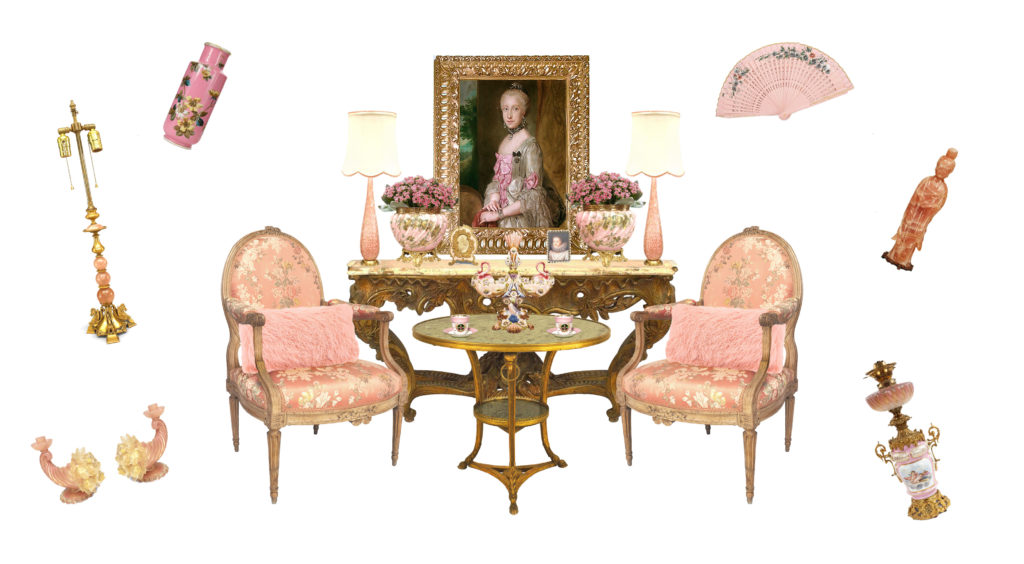In today’s world, pink is commonly associated with little girls, but did you know this was not always the case? In fact, in the 1700s pink was not considered a “girls’ color,” and was actually more popular with little boys. Pink was viewed as a paler shade of red, a color which reflected military uniforms, and was therefore seen as more “masculine.”
The feminization of pink began in the mid-1800s when men increasingly started wearing darker colors. During this time, pastels and brighter colors became an expression of femininity. By the 1950s, the “pink for girls, blue for boys” stereotype was solidified, largely due to the power of mass marketing and branding after the Second World War.
The popularity of the color pink, however, goes far beyond its associations with gender. Here are 5 facts about the color pink that have contributed to its acclaimed status and symbolism over time.

